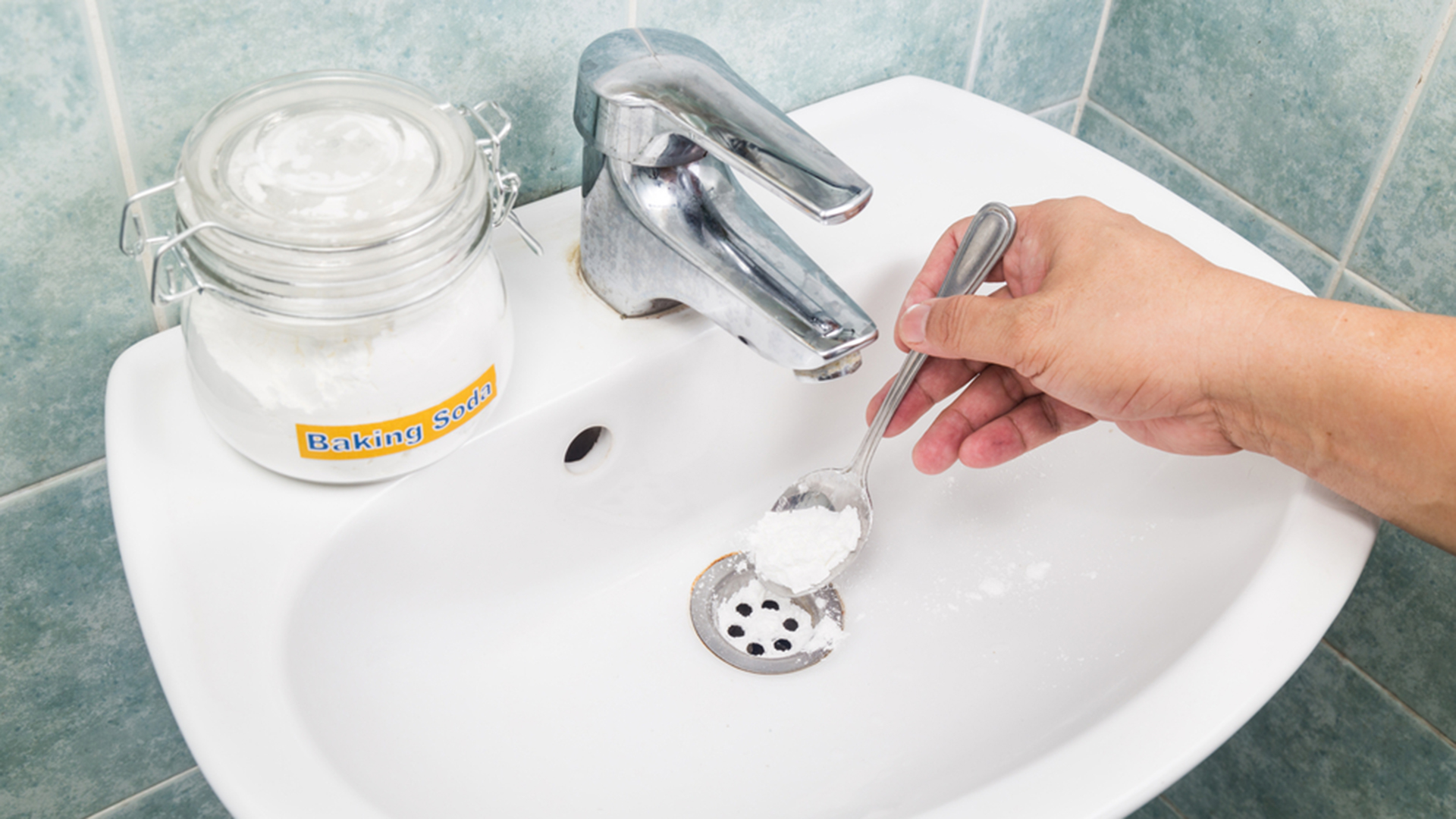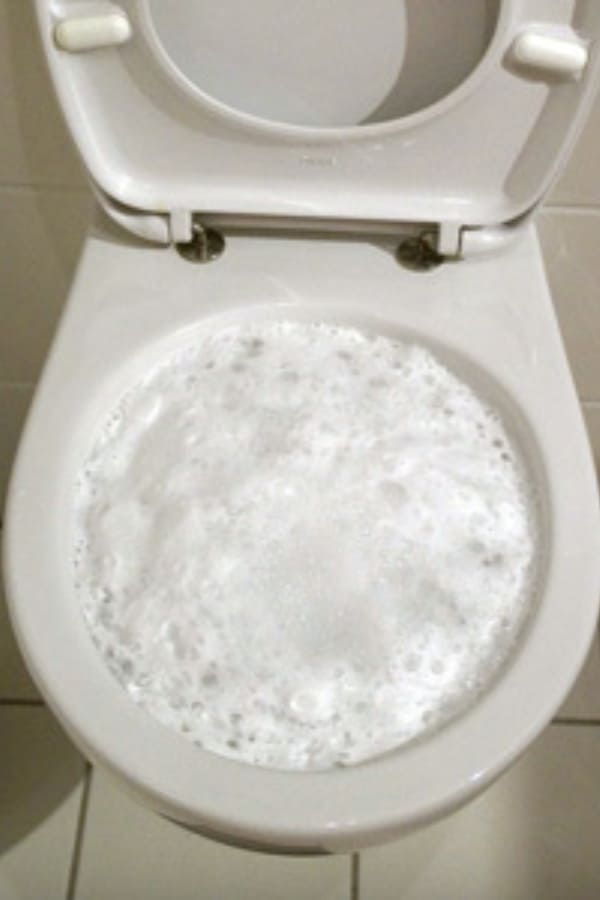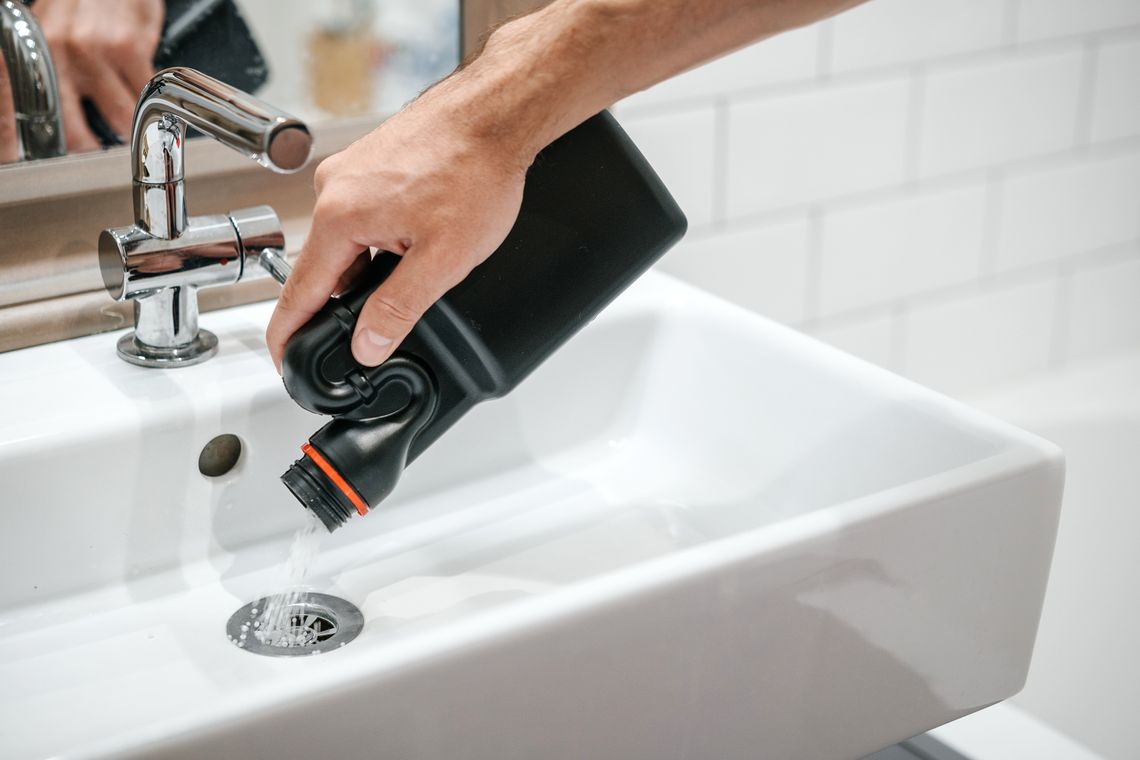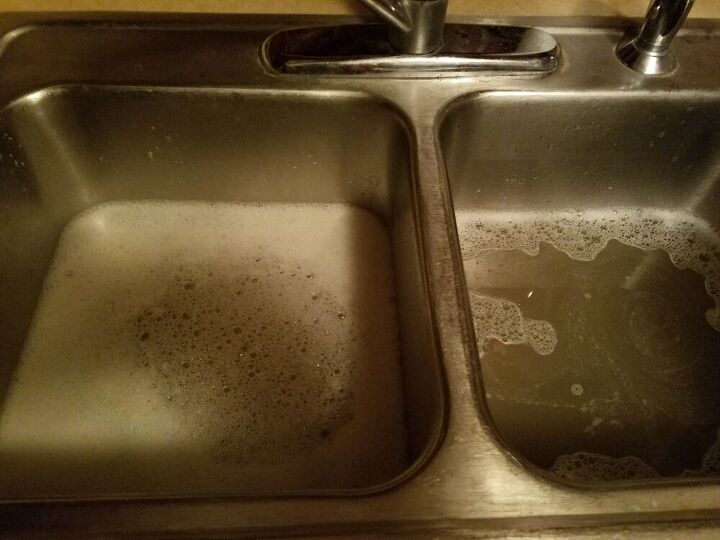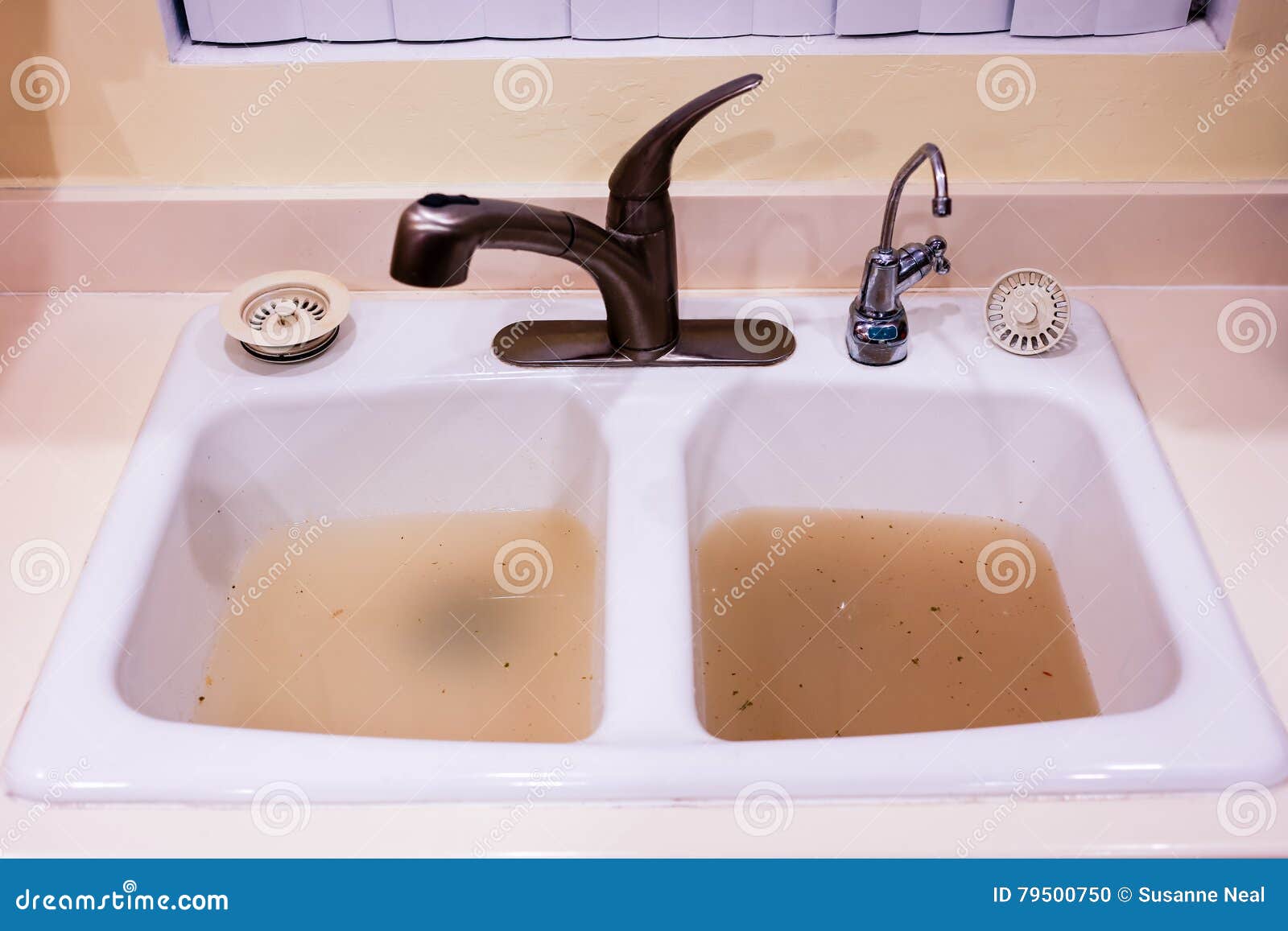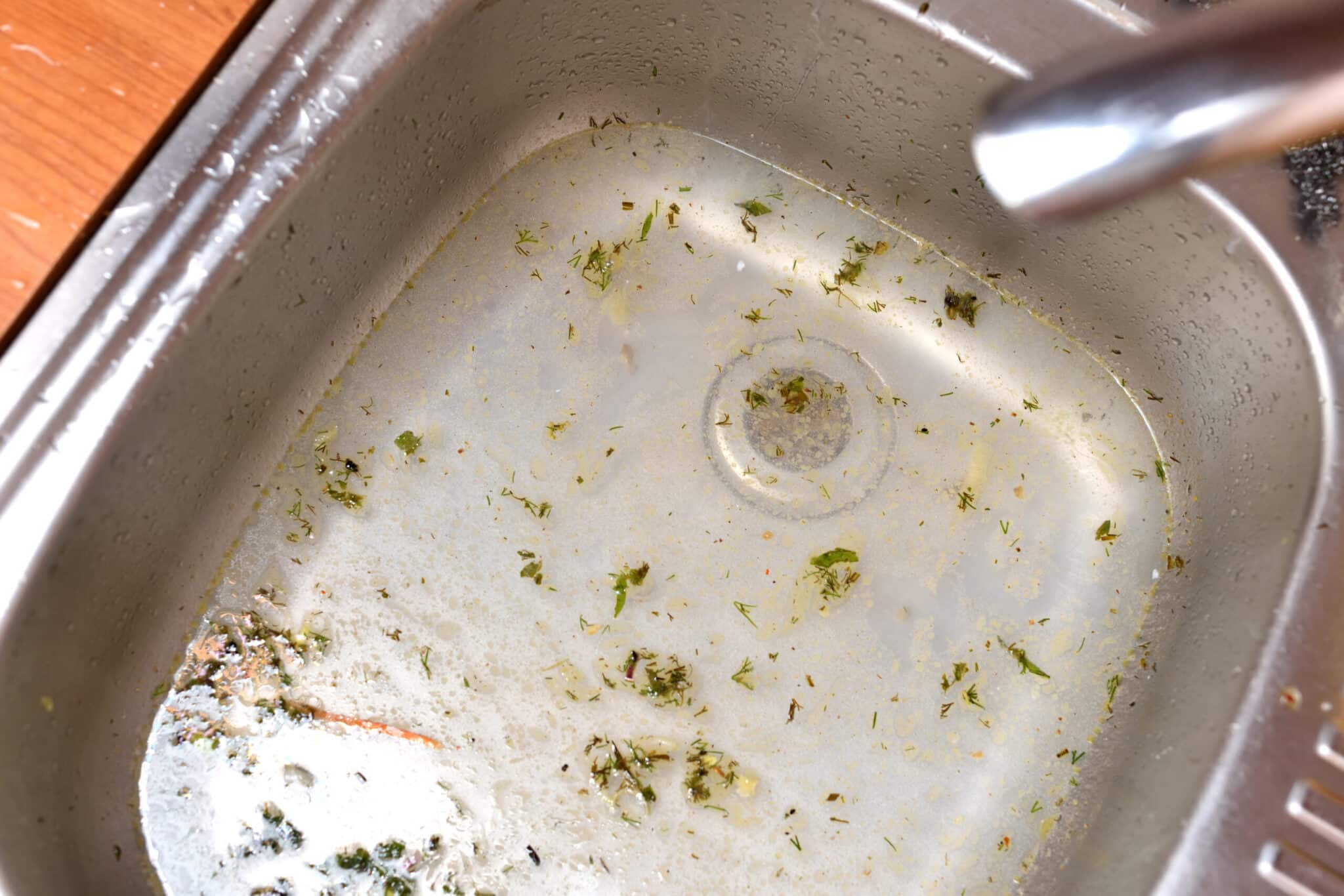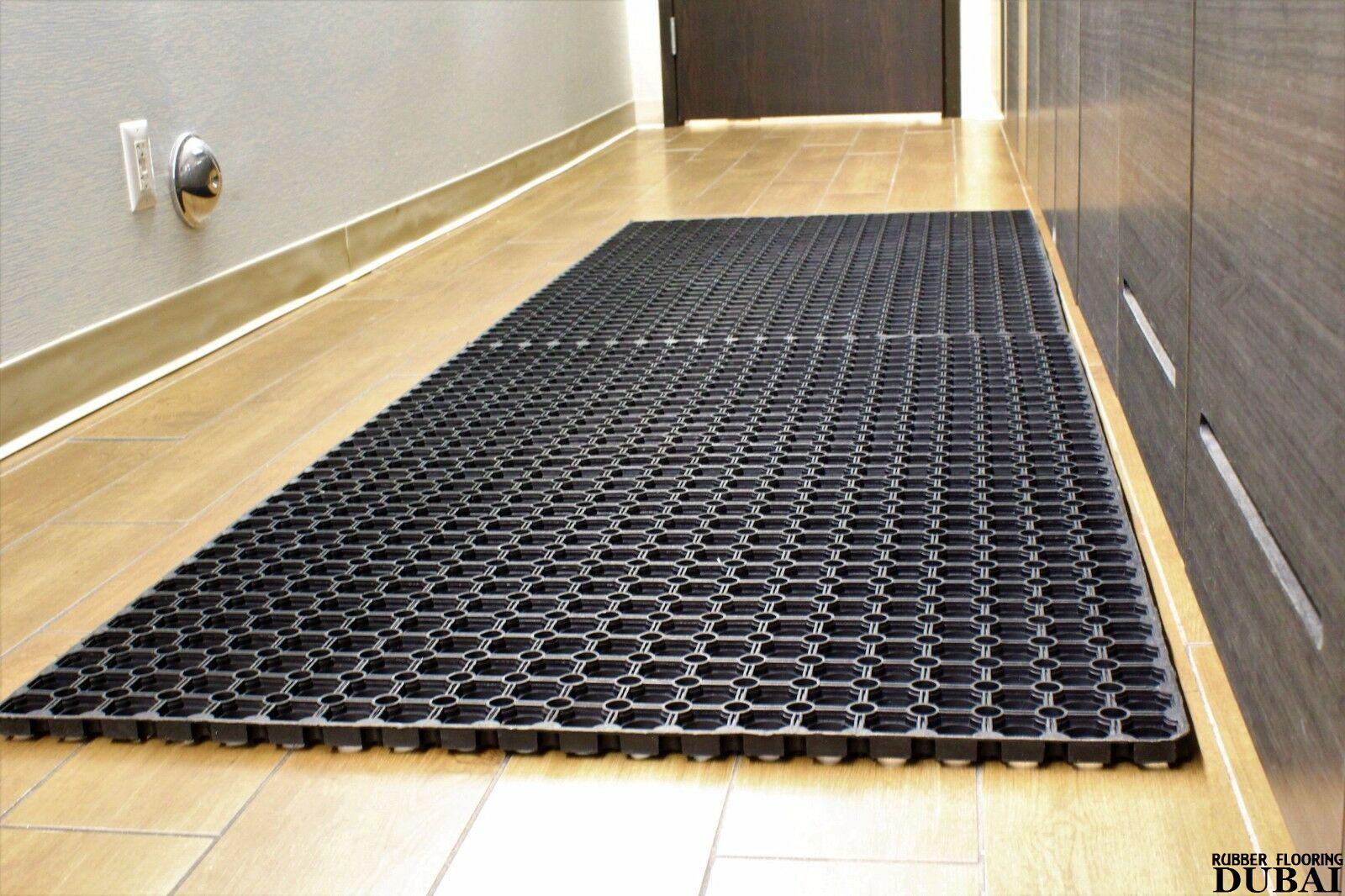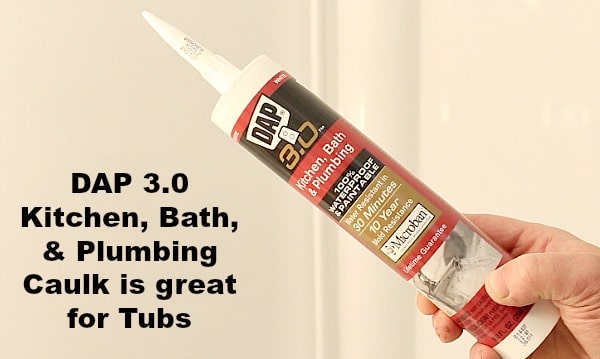If you've ever experienced a clogged kitchen sink, you know how frustrating it can be. Not being able to use your sink for washing dishes or preparing meals can put a damper on your daily routine. But before you call a plumber and spend money on a professional, there are a few simple steps you can take to unclog your kitchen sink drain on your own. Clogged kitchen sinks are a common household problem, but they can be easily fixed with the right tools and techniques. In this article, we'll discuss the top 10 methods for unclogging your kitchen sink drain and getting your sink back to working order.How to Unclog a Kitchen Sink Drain
First, it's important to understand how your kitchen sink can become clogged in the first place. The most common cause of a clogged kitchen sink is the buildup of food particles, grease, and other debris in the drain. Over time, these particles can accumulate and create a blockage that prevents water from flowing through the pipes. In order to fix a clogged kitchen sink, you'll need to remove this buildup and clear the blockage. There are a few different methods you can try, depending on the severity of the clog and the tools you have available.How to Fix a Clogged Kitchen Sink
If you're dealing with a minor clog, you may be able to fix it with items you already have in your kitchen. One popular method is using a combination of baking soda and vinegar. To do this, start by pouring a pot of boiling water down the drain to loosen up any debris. Then, pour half a cup of baking soda down the drain, followed by half a cup of vinegar. Let the mixture sit for a few minutes, then pour another pot of boiling water down the drain to flush it out. You can also try plunging your sink with a plunger. Make sure there is enough water in the sink to cover the plunger, then use a few quick, forceful plunges to try and dislodge the clog. This method is most effective for clogs caused by food particles or grease.DIY Solutions for a Clogged Kitchen Sink
While food particles and grease are the most common culprits for a clogged kitchen sink, there are a few other potential causes to be aware of. For example, if you have a garbage disposal, it's important to use it properly and avoid putting large chunks of food down the drain. Additionally, hair and soap scum can also contribute to clogs in kitchen sinks. Be mindful of what you're putting down your drain to prevent future clogs.Common Causes of Clogged Kitchen Sinks
As mentioned earlier, using a combination of baking soda and vinegar can be an effective way to unclog a kitchen sink. This method works by creating a chemical reaction between the baking soda and vinegar, which can help to dissolve and loosen any built-up debris in the drain. It's a natural and environmentally friendly way to unclog your sink without the use of harsh chemicals. To use this method, start by pouring a pot of boiling water down the drain. Then, pour half a cup of baking soda down the drain, followed by half a cup of vinegar. Let the mixture sit for a few minutes, then pour another pot of boiling water down the drain to flush it out.Using Baking Soda and Vinegar to Unclog a Kitchen Sink
If the baking soda and vinegar method doesn't work, you can also try using a plunger to unclog your kitchen sink. Plunging works by creating pressure and suction that can dislodge a clog. Make sure there is enough water in the sink to cover the plunger, then use a few quick, forceful plunges to try and clear the clog. It's important to use a plunger specifically designed for sinks, as they have a flat bottom that can create a seal around the drain. If you don't have a sink plunger, you can also try using a regular plunger, but it may not be as effective.Plunging a Clogged Kitchen Sink
If the clog is deeper in your pipes and can't be reached with a plunger, you may need to use a drain snake. This tool, also known as a plumbing auger, is a long, flexible wire with a coil at the end that can be inserted into the drain to break up and remove the clog. To use a drain snake, insert the coil into the drain and turn the handle to extend the wire further into the pipes. Once you feel resistance, use a twisting motion to break up the clog. Then, pull the wire out of the drain, along with any debris that was causing the clog.Using a Drain Snake to Clear a Clogged Kitchen Sink
If all else fails, you can try using a chemical drain cleaner to unclog your kitchen sink. These cleaners work by dissolving and breaking up debris in the pipes, making it easier for water to flow through. However, they can be harsh and damaging to your pipes, so use them sparingly and follow the instructions carefully. It's also important to note that chemical drain cleaners may not be effective for all types of clogs, such as those caused by hair or soap scum. In these cases, other methods may be more effective.Chemical Drain Cleaners for Clogged Kitchen Sinks
The best way to deal with a clogged kitchen sink is to prevent it from happening in the first place. Regular maintenance and proper use of your sink can go a long way in preventing clogs. Some tips for preventing clogs include:Preventing Clogged Kitchen Sinks
If you've tried all of the above methods and your kitchen sink is still clogged, it may be time to call a professional plumber. They have the tools and expertise to handle even the toughest clogs and can ensure that your sink is properly cleared without causing damage to your pipes. Additionally, if you notice that your sink is frequently clogging, it may be a sign of a larger plumbing issue that needs to be addressed by a professional. In conclusion, a clogged kitchen sink is a common household problem, but it can be easily fixed with the right techniques. By following the steps outlined in this article, you can unclog your kitchen sink and get back to your daily routine in no time. Remember to be mindful of what you're putting down your drain and regularly maintain your sink to prevent future clogs. If all else fails, don't hesitate to call a professional for help.When to Call a Professional for a Clogged Kitchen Sink
Why Clogged Pipes in Kitchen Sinks Can Be a Nightmare for Your Home
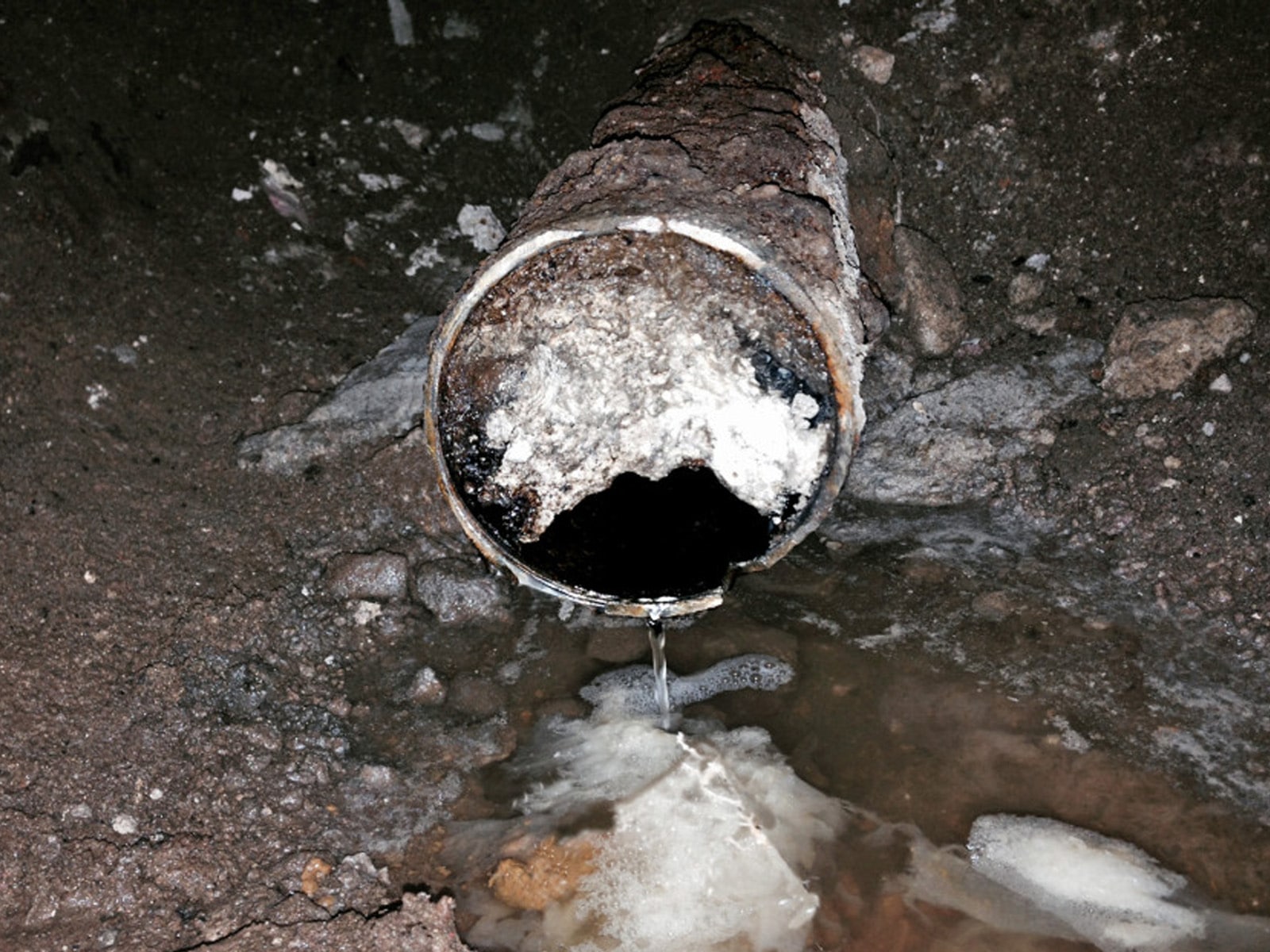
Understanding the Problem
 When it comes to the functionality and aesthetic appeal of your kitchen, having a clogged sink can be a major problem. Not only does it disrupt your daily routine, but it can also cause unpleasant smells and potential health hazards. The main culprit behind clogged kitchen sink pipes is often food debris, grease, and other substances that get washed down the drain. Over time, these substances can build up and block the flow of water, leading to a clogged sink.
When it comes to the functionality and aesthetic appeal of your kitchen, having a clogged sink can be a major problem. Not only does it disrupt your daily routine, but it can also cause unpleasant smells and potential health hazards. The main culprit behind clogged kitchen sink pipes is often food debris, grease, and other substances that get washed down the drain. Over time, these substances can build up and block the flow of water, leading to a clogged sink.
The Consequences of Ignoring the Issue
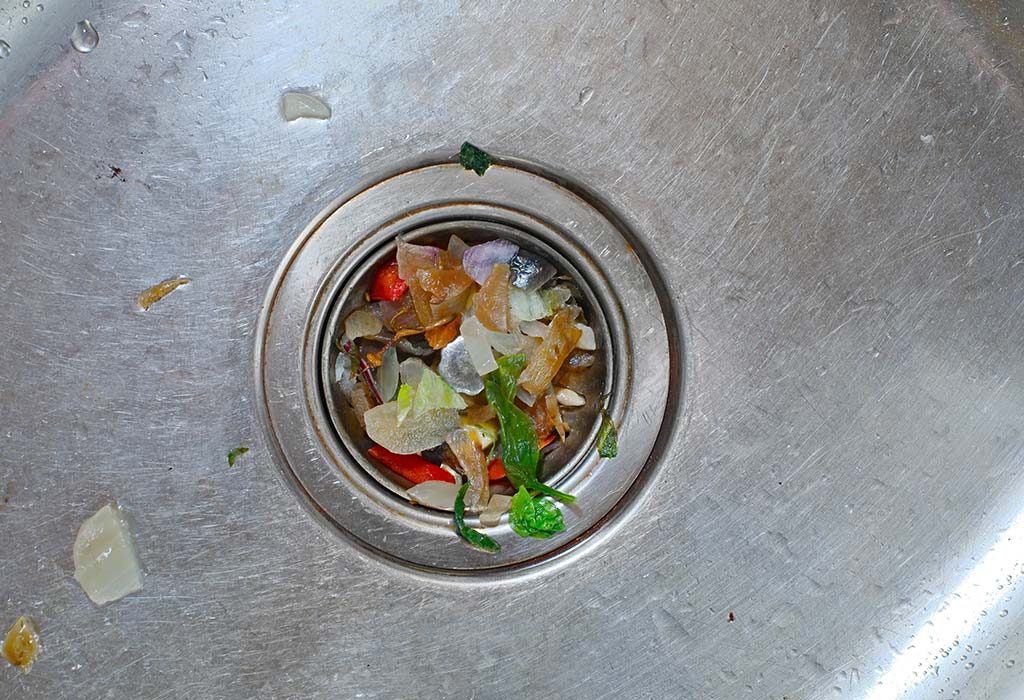 Ignoring a clogged kitchen sink can have serious consequences for your home. Not only will it make daily tasks such as washing dishes and preparing food more difficult, but it can also cause damage to your pipes and plumbing system. A clogged sink can lead to leaks, corrosion, and even burst pipes if left untreated. This can result in costly repairs and potential water damage to your home.
Ignoring a clogged kitchen sink can have serious consequences for your home. Not only will it make daily tasks such as washing dishes and preparing food more difficult, but it can also cause damage to your pipes and plumbing system. A clogged sink can lead to leaks, corrosion, and even burst pipes if left untreated. This can result in costly repairs and potential water damage to your home.
Preventing Clogged Sink Pipes
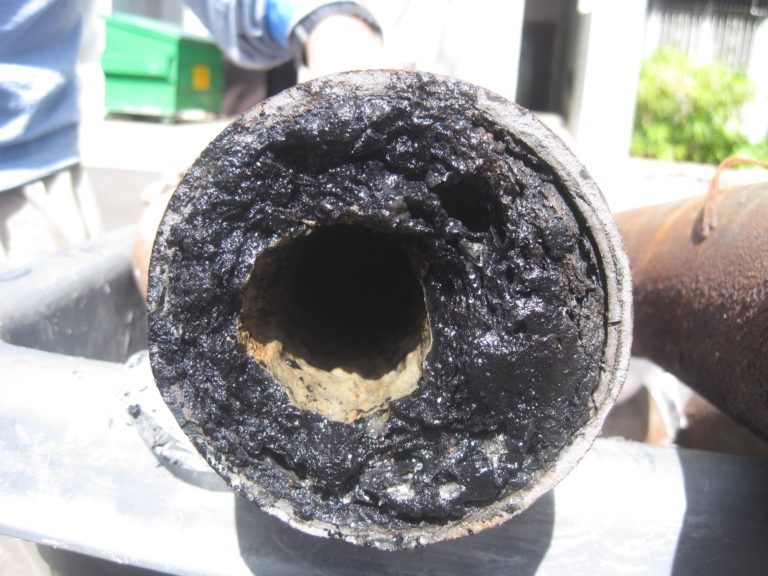 Prevention is key when it comes to avoiding clogged pipes in your kitchen sink. One of the best ways to prevent this issue is to be mindful of what goes down your drain. Avoid pouring grease, oil, and food scraps down the sink and instead dispose of them in the trash. You can also install a drain strainer or stopper to catch debris before it goes down the drain. Regularly cleaning and maintaining your sink and pipes can also help prevent clogs from forming.
Prevention is key when it comes to avoiding clogged pipes in your kitchen sink. One of the best ways to prevent this issue is to be mindful of what goes down your drain. Avoid pouring grease, oil, and food scraps down the sink and instead dispose of them in the trash. You can also install a drain strainer or stopper to catch debris before it goes down the drain. Regularly cleaning and maintaining your sink and pipes can also help prevent clogs from forming.
Professional Help for Stubborn Clogs
In Conclusion
 A clogged kitchen sink is not just a nuisance, it can also be a nightmare for your home. Understanding the causes and consequences of clogged pipes can help you take preventative measures and address the issue promptly. Remember to be mindful of what goes down your drain and seek professional help if needed. By taking these steps, you can ensure a functional and healthy kitchen for years to come.
A clogged kitchen sink is not just a nuisance, it can also be a nightmare for your home. Understanding the causes and consequences of clogged pipes can help you take preventative measures and address the issue promptly. Remember to be mindful of what goes down your drain and seek professional help if needed. By taking these steps, you can ensure a functional and healthy kitchen for years to come.
:max_bytes(150000):strip_icc()/plumber-unclogging-kitchen-sink-169270382-5810e7bb5f9b58564c5dd92b.jpg)
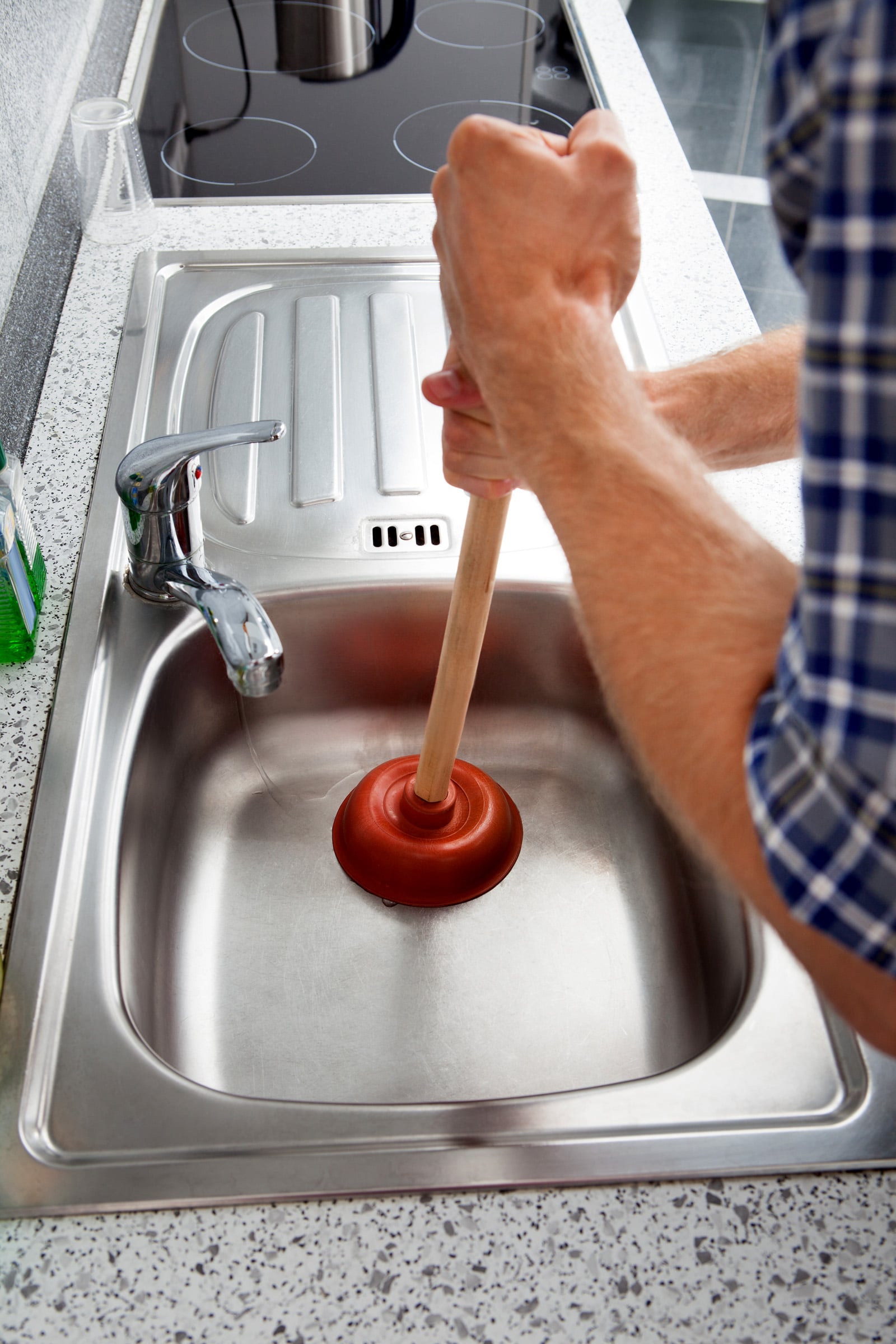


:max_bytes(150000):strip_icc()/freshen-and-unclog-drain-with-baking-soda-1900466-22-bbf940b70afa4d5abef0c54da23b1d3f.jpg)







/how-to-unclog-a-kitchen-sink-2718799_sketch_FINAL-8c5caa805a69493ab22dfb537c72a1b7.png)
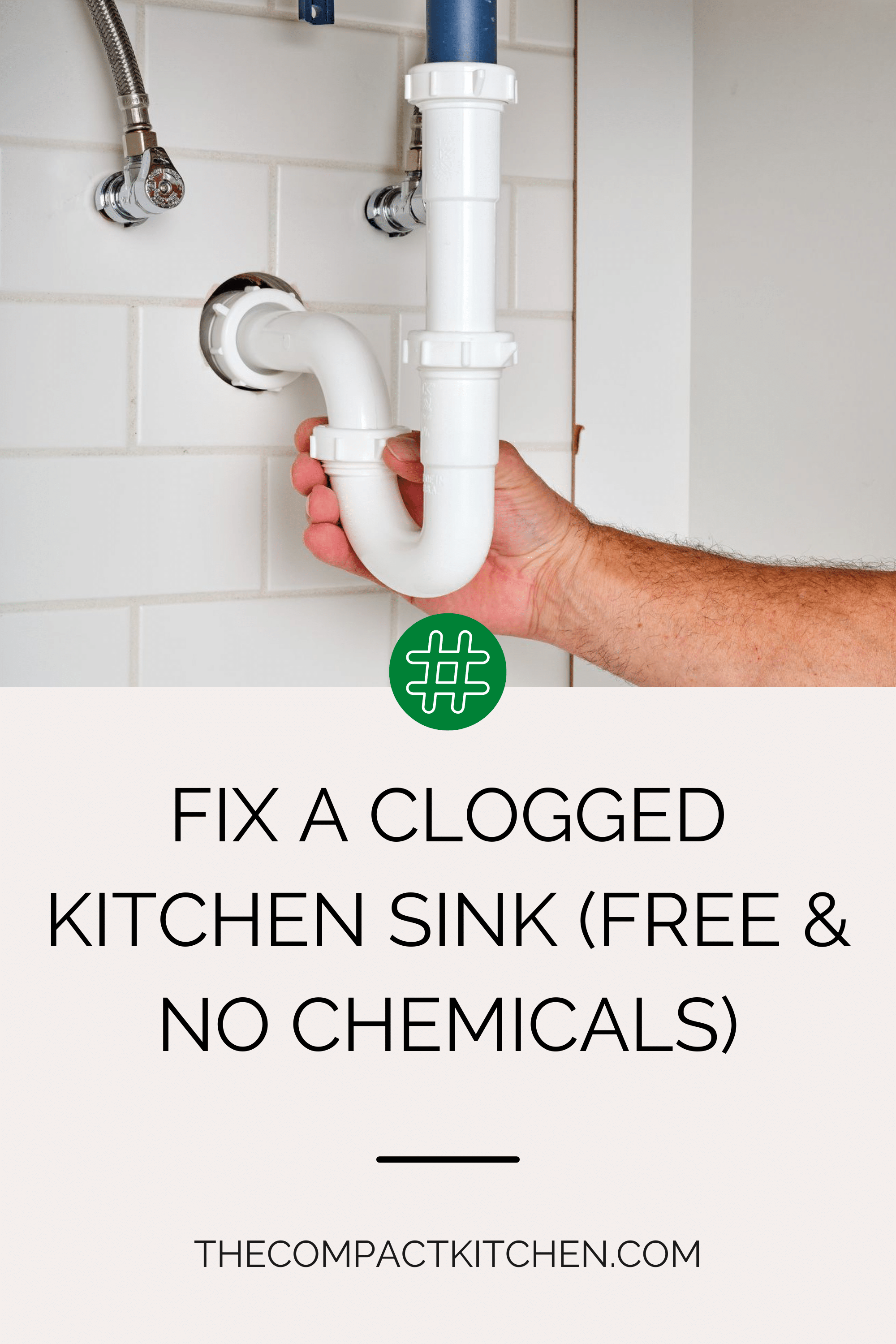





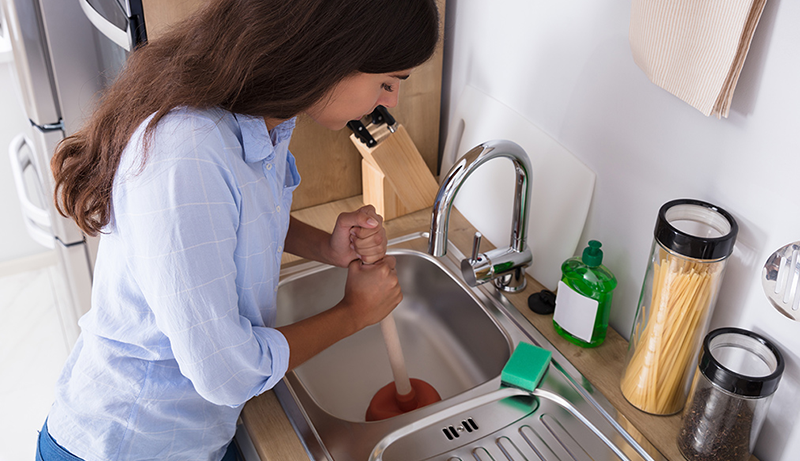
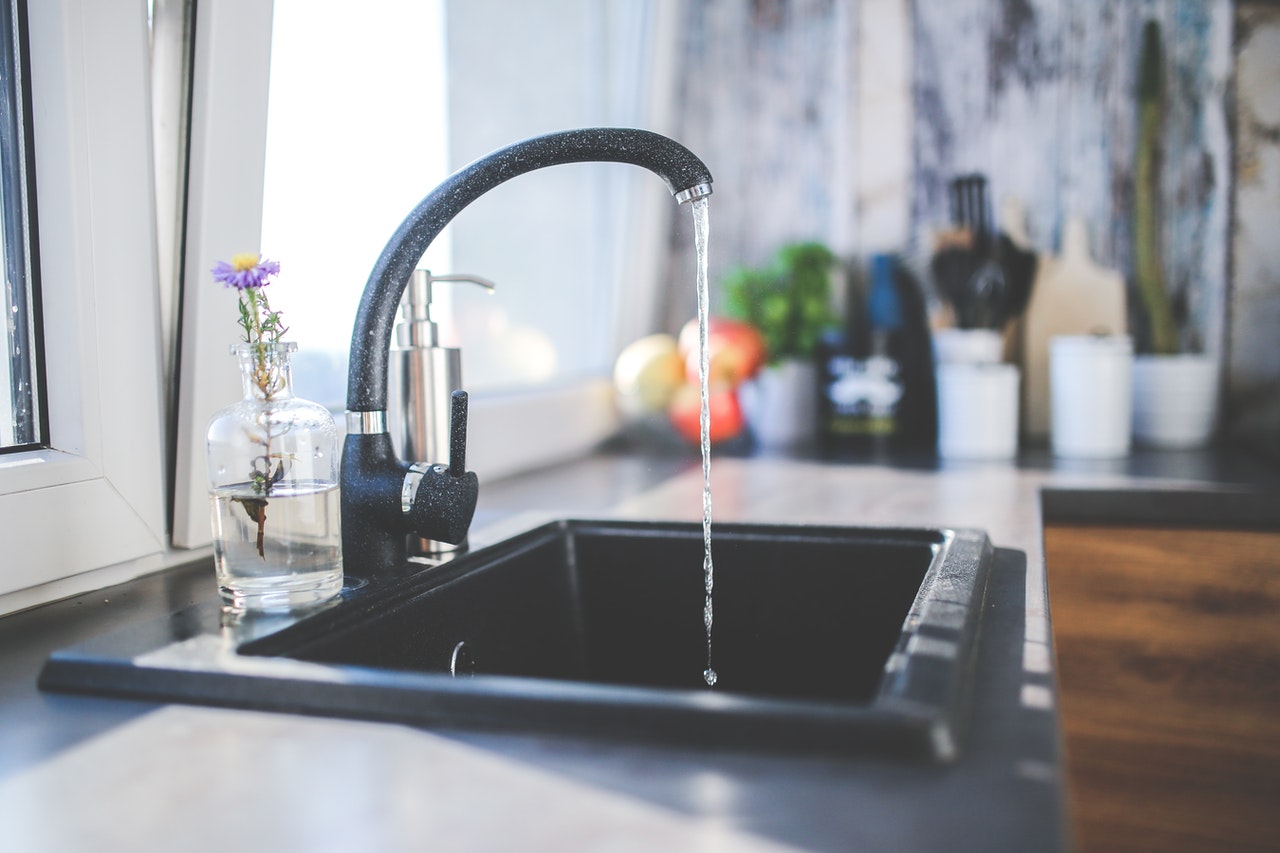


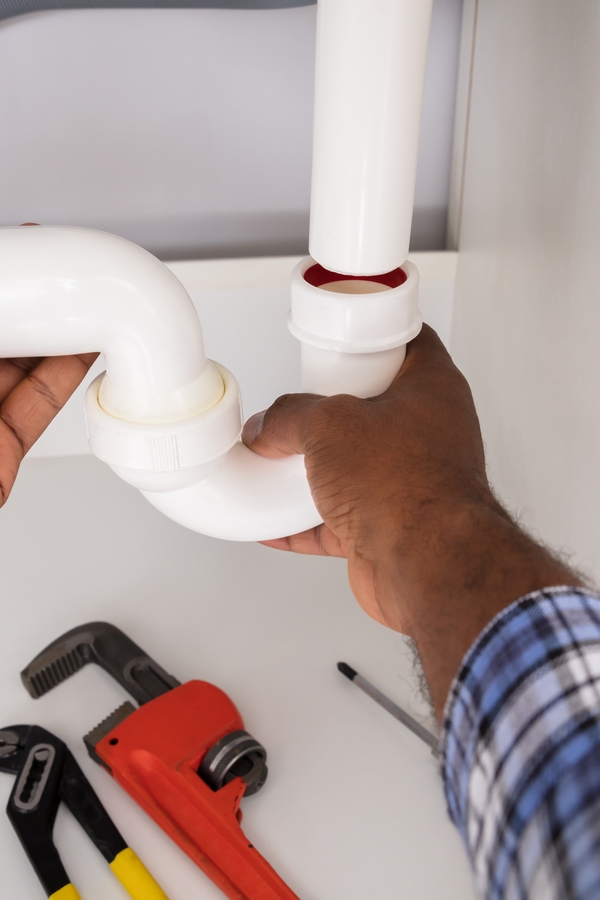


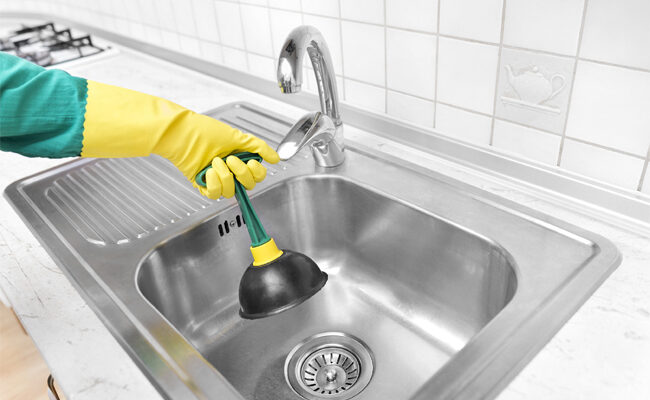









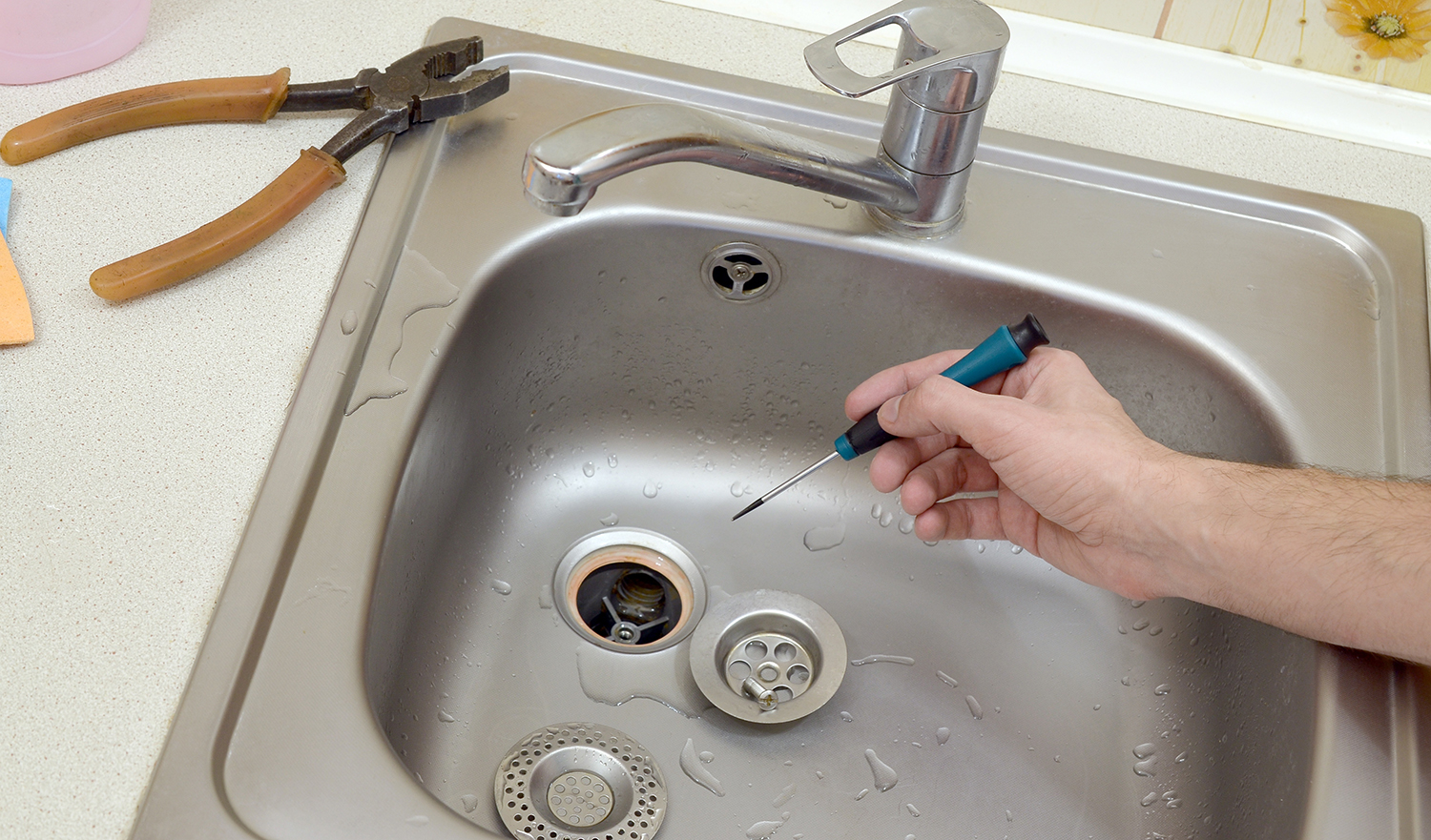






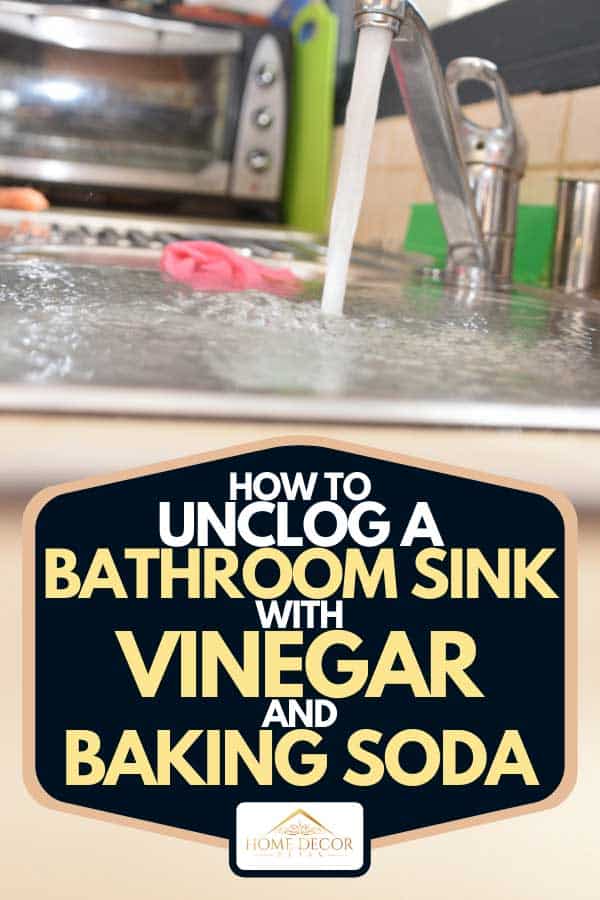

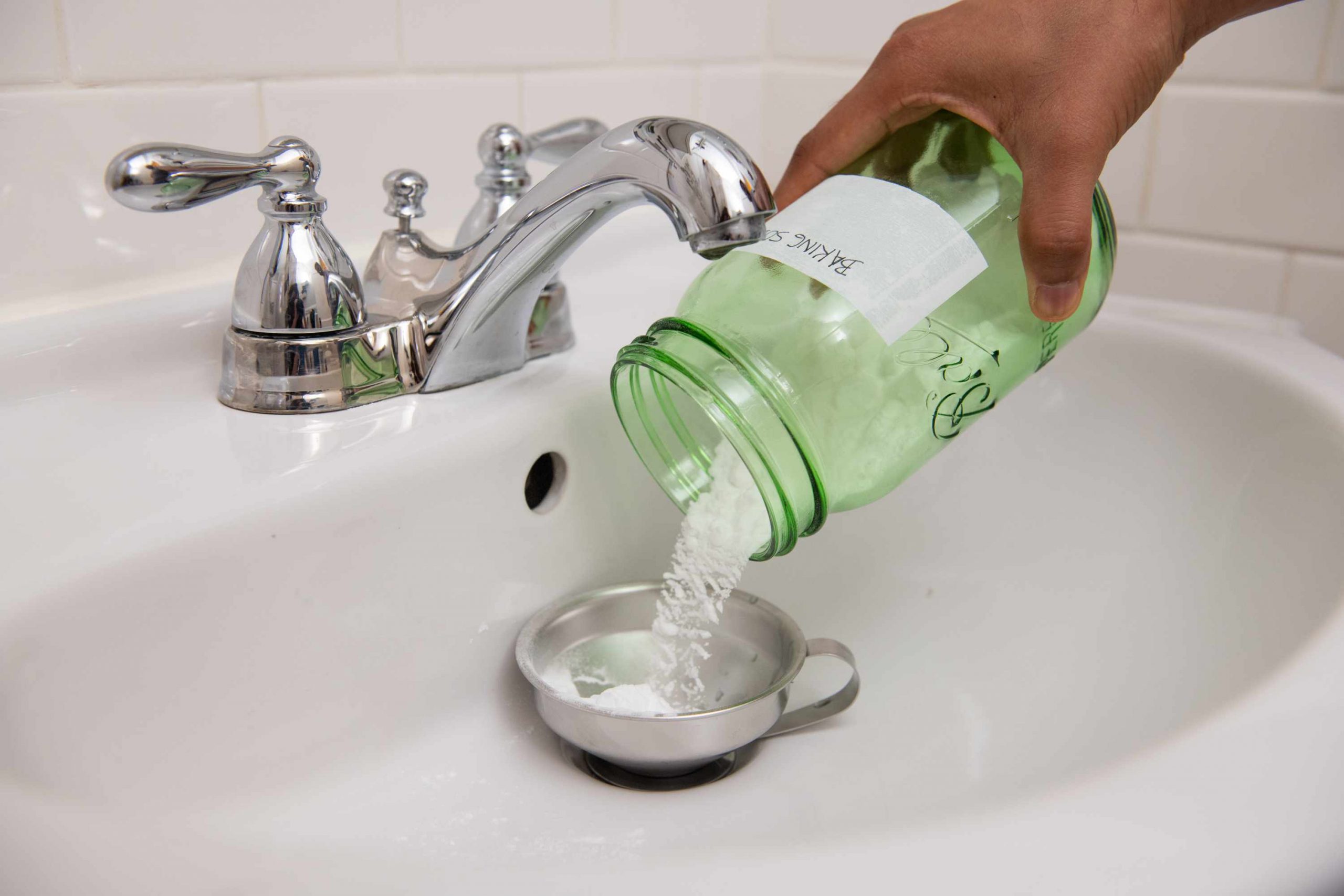
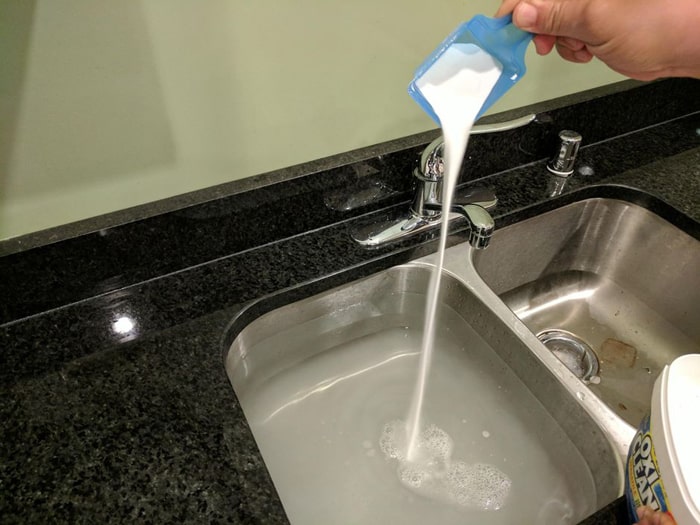
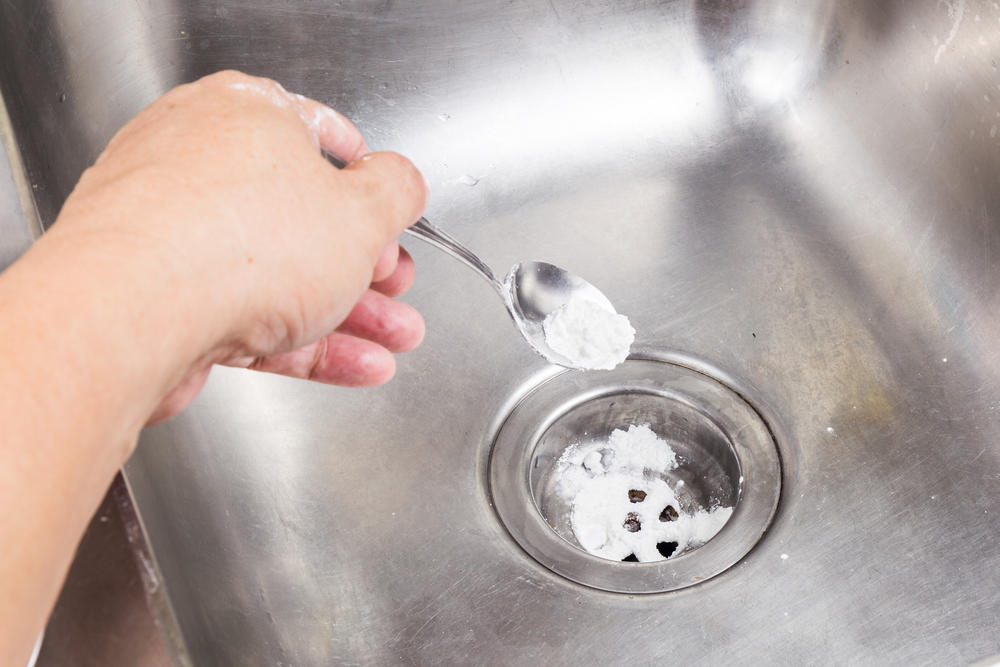
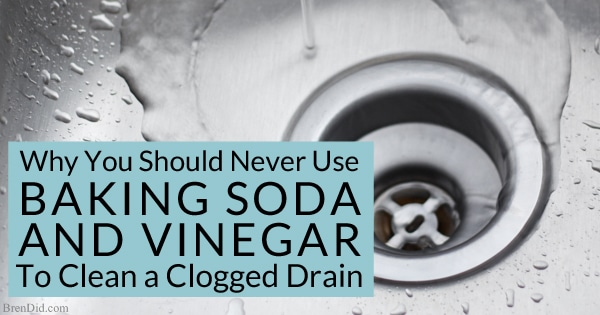
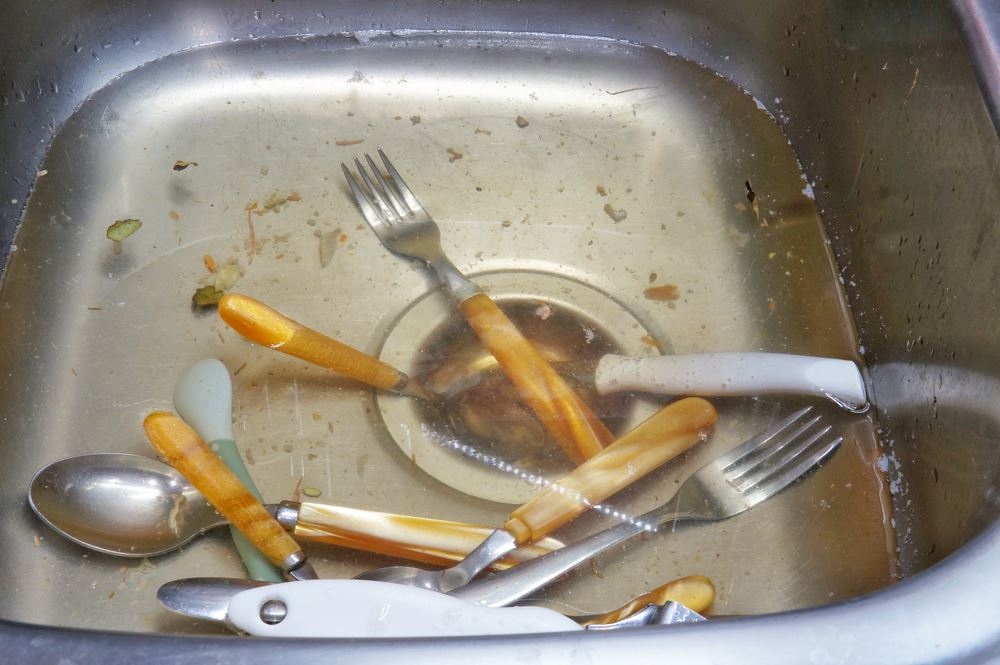


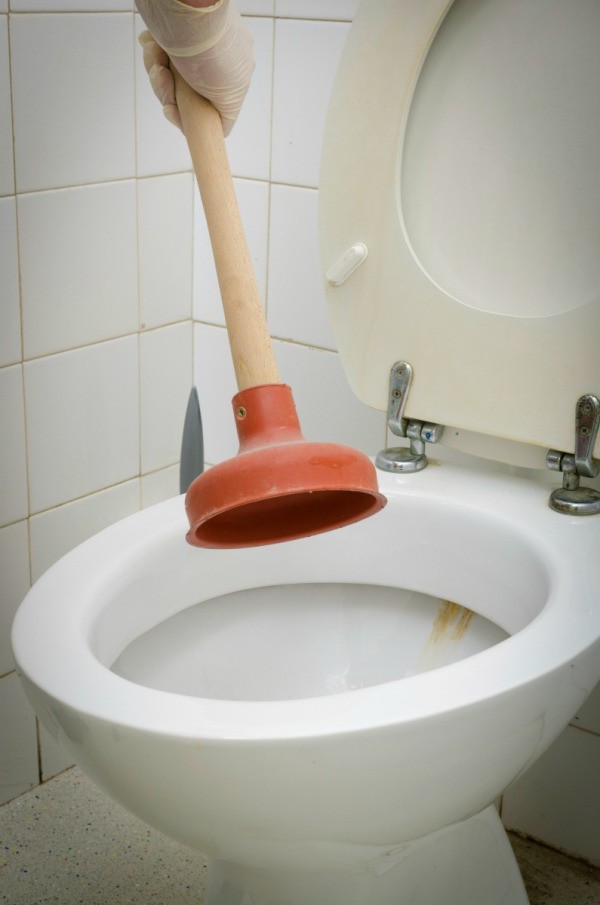
:max_bytes(150000):strip_icc()/plumber-unclogging-kitchen-sink-169270382-5810e7bb5f9b58564c5dd92b.jpg)













